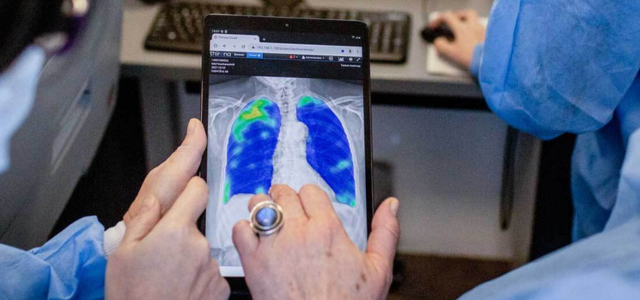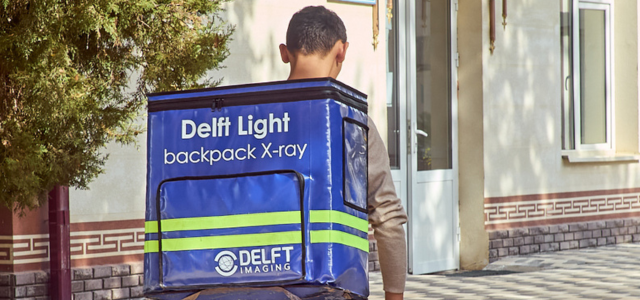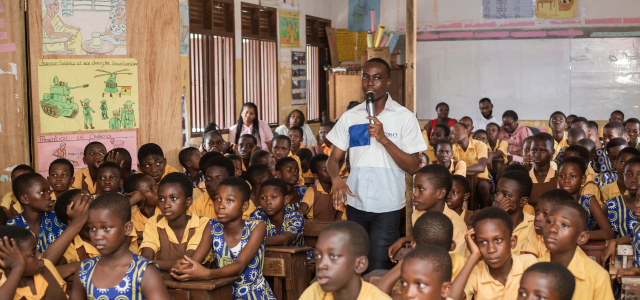South Africa has a population of more than 59 million, among whom an estimated 304000 people have TB. There are approximately 131806 missing TB persons. South Africa is a high-burden TB country with one of the world’s highest incidence rates of notified TB.
Due to overcrowding and poor living conditions, mines and jails are considered breeding grounds for TB. To solve this challenge, the Aurum Institute, TBHIVCare and RightToCare have been screening inmates in South Africa’s Correctional Services (in over 90 correctional facilities nationwide). Using our EasyDR digital X-rays and CAD4TB artificial intelligence software, almost 800,000 inmates were screened. This marks the project as one of the most significant active TB screening projects in Africa to date. At the time, no upfront funding was available to procure the solutions. Delft Imaging invested in delivering the X-ray systems at their own cost, which was paid back over several years as part of the programme.
Five of the project’s six machines are installed in TB screening clinics that visit most correctional facilities in South Africa. The remaining one is a stationary digital X-ray machine installed in Pollsmoor Prison, situated on the outskirts of Cape Town. The largest prison in the Western Cape Province is also one of the oldest prisons that have housed several liberation-era heroes. This includes Walter Sisulu, Ahmed Kathrada and Nelson Mandela. It is estimated that more than 200 inmates are screened per X-ray machine daily. The pay-per-image financial model eased the initial investments, the biggest hurdle this project faced.
In 2018, additional lease projects were implemented using a OneStopTB mobile TB screening clinic (with the EasyDR digital X-ray system and the CAD4TB software) for Zambart as part of an EDCTP grant. Four OneStopTB clinics were delivered, fitted with EasyDR X-ray systems and the CAD4TB artificial intelligence software. Two of the four were used in Zambia, and two in South Africa.
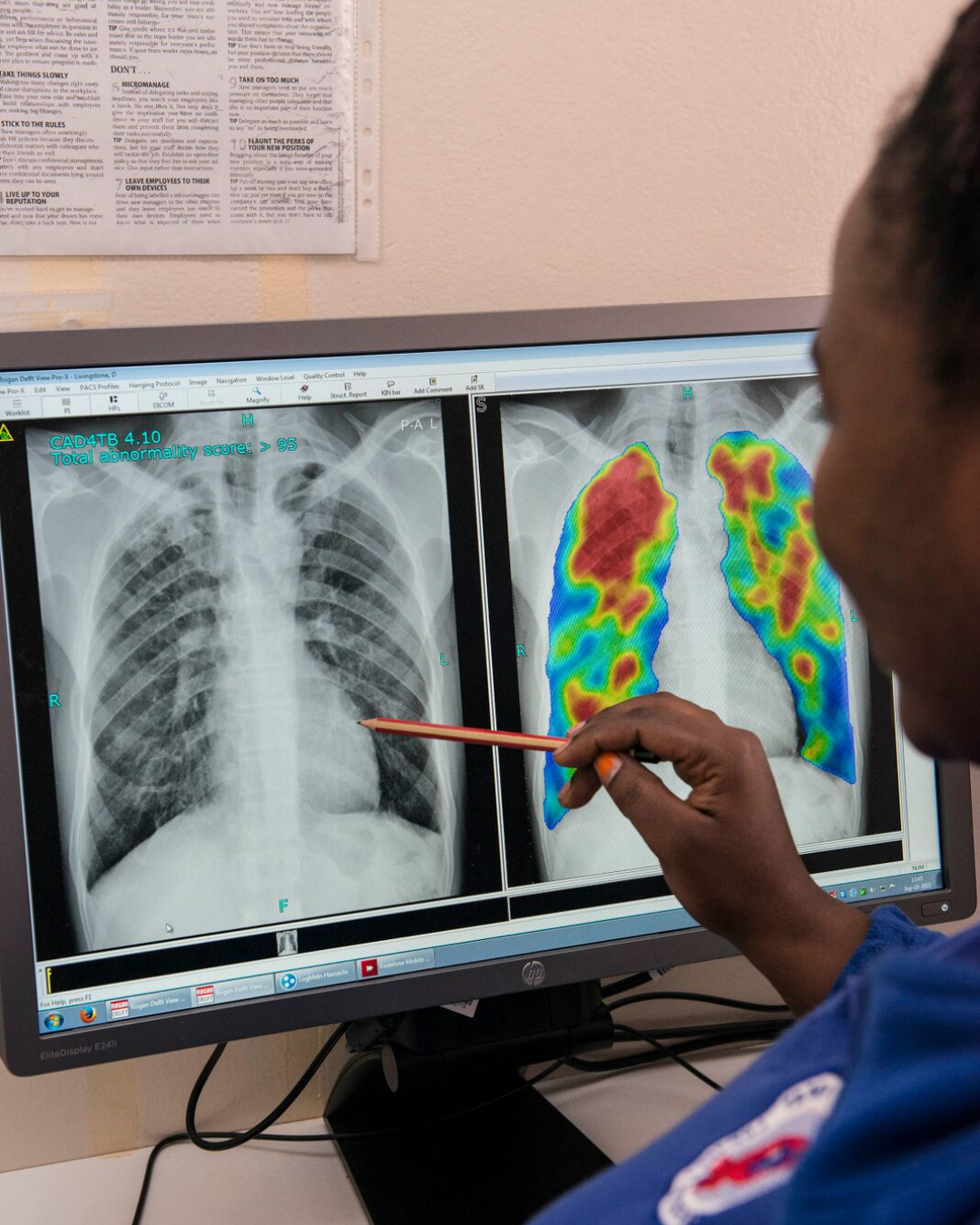
For more information on how the OneStopTB mobile clinics are used in both South Africa as well as in Zambia, please view the story ‘Practical Considerations for Conducting a TB Prevalence Survey Using the OneStopTB Platform in South Africa and Zambia’, as presented by Dr Chali Wapamesa and Michael Burnett during the Delft Q3 webinar of 2021.
For more information on how CAD4TB is used in South Africa, please view the story ‘The Experience of Using CAD4TB Prospectively in Rural Kwazulu Natal, South Africa’ by Jana Fehr. The story was presented during the 2021 Q4 Delft webinar.
Making a difference
In 2015, a study proved that pre-screening with CAD software (CAD4TB) could increase patient throughput by up to 250% in a typical screening setting. Different thresholds with objective and reproducible results can be chosen with automated reading. A threshold can be set to obtain the desired sensitivity, specificity or throughput accordingly. This makes CAD for TB software highly invaluable in resource-constrained settings. The paper remarked that the CAD software for TB screening could save cost and time in a point-of-care setting. The authors further hypothesised that the algorithm’s value would be even higher in active case-finding scenarios and sputum-scarce cohorts, but it would require further studies.
According to a later 2016 study, the combination of CAD software (CAD4TB) and clinical information offers improved accuracy and increased specificity compared to using either type of information.
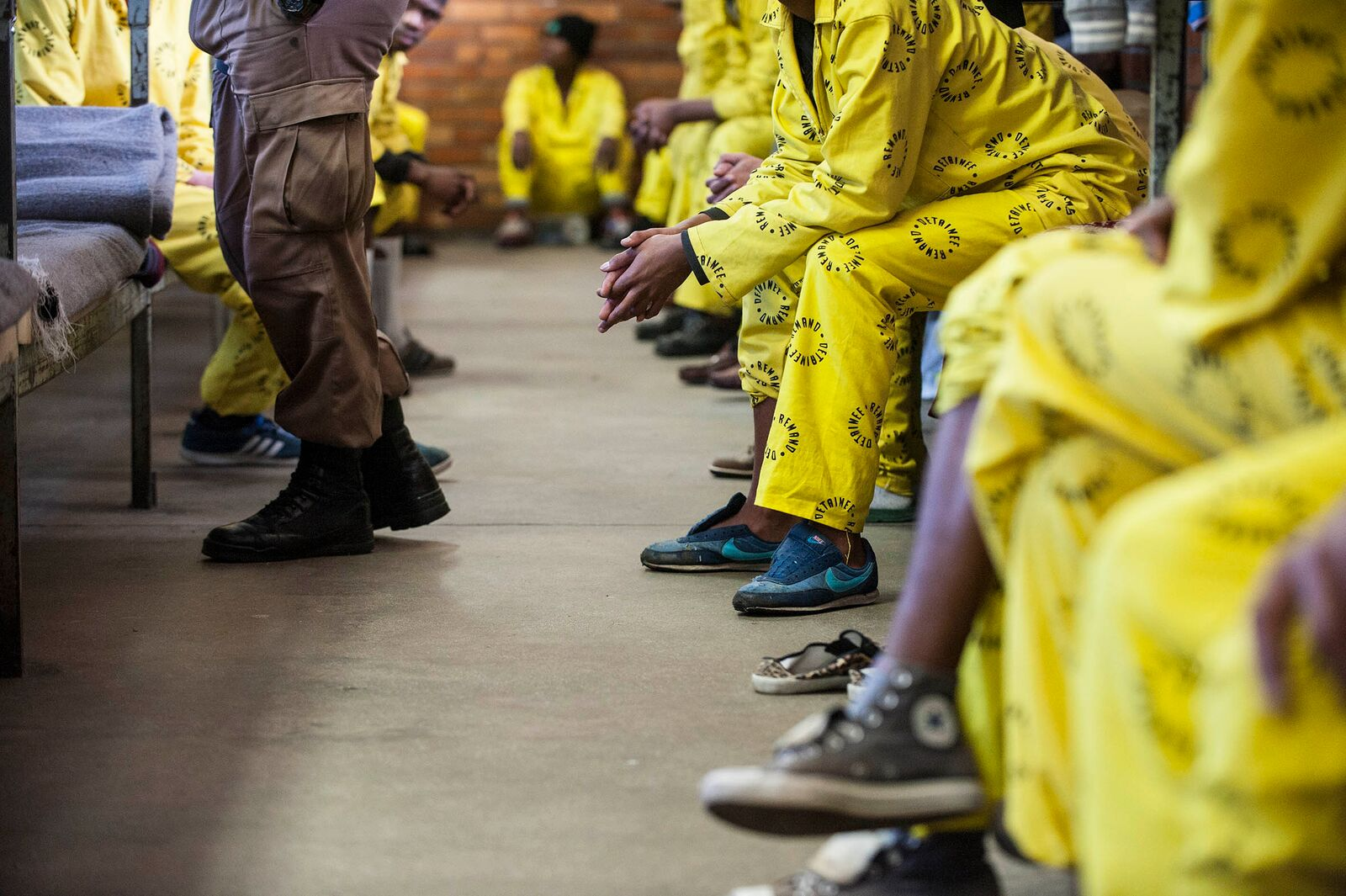
A 2020 research showed that using a digital interpretation tool, such as artificial intelligence software (CAD4TB) or a second reader well-equipped in radiological diagnosis of TB, may improve the performance of the TB screening algorithm. Similarly, a recent 2021 study showed that CAD4TB (version 5) perform akin to an expert radiologist in triaging participants for diagnostic sputum testing.
In addition to the multiple research papers on CAD4TB, many have researched the use of Delft Imaging’s computer-aided detection for Silicosis software, also known as CAD4Silicosis.
Recently, in 2022, a study showed that while the current ability of CAD to differentiate between TB and Silicosis is still limited, its use as a mass screening tool for both diseases shows considerable promise.
Another study in the same year proved that the CAD4Silicosis software met the high accuracy benchmark of 90% sensitivity and 70% specificity. It was found that the CAD system can detect silicosis in a population with a high background prevalence of prior TB.
Finally, a recent study showed that the performance of CAD4TB v7 to identify TB in children (<13 years) significantly improved after fine-tuning it with a set of well-characterised paediatric chest x-rays. The study suggested that CAD has the potential to be a useful additional diagnostic tool for paediatric tuberculosis.

